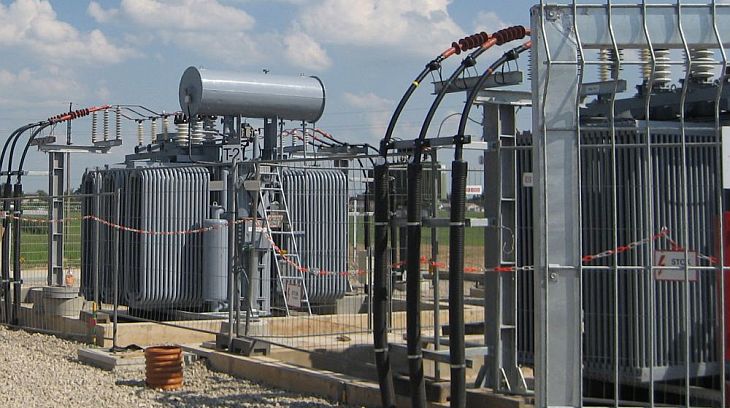The Baltic states’ goal of integrating with Europe’s power grid risks cutting off an exclave of Russian territory, exacerbating regional stresses created by the Ukraine crisis. The grid plan would take at least a decade, but if carried out in full would leave Kaliningrad, a strategic chunk of territory sandwiched between Poland and Lithuania, and home to Russia’s Baltic Fleet, without a power network, according to Euractiv.com.
The atmosphere in the region is already febrile. Some fear that electricity may prove as potent a political spark as gas has been in Ukraine. Latvia is using its presidency of the European Union to push the argument for more grid connections as part of a single EU energy market to make the bloc’s supplies more secure and less reliant on Russia.
“With the rising perceived risk to Baltic security from Russia, it will remain questionable to remain on the grid of a potentially hostile state,” said Agnia Grigas, an independent consultant who has written extensively on the Baltic region.
This week Latvia hosts talks in Riga, bringing together EU energy ministers and the European Commission as it pushes for the strategic goal of increased EU connections by 2020. But senior officials say the deadline is flexible. Some EU officials, speaking on condition of anonymity, doubted full synchronization was achievable.
“Our future goal is to change this synchronized operation and to switch to central Europe’s energy system. But, of course, if we speak about this time horizon, it’s approximately 2020, 2025,” Varis Boks, chairman of the board of Augstsprieguma Tikls, Latvia’s transmission system operator, told Reuters.
Taavi Veskimagi, chief executive of Elering, which operates the Estonian grid, said there was “a deep and wide consensus” among the Baltics on the need to synchronize with the European grid, but 2025 was a more realistic date than 2020. Until now, the Baltics have been part of the BRELL circuit of Belarus, Russia, Estonia, Latvia and Lithuania, relying on Russian operators to control frequencies and balance the grid.
Russia’s efforts have focused on trying to make Kaliningrad more independent, with plans for extra power generation, and Russia’s Gazprom developing gas storage there. Analysts say Russia has proved a reliable energy supplier in the region, and the political obstacles to a complete shift could be insurmountable.
“The decision to go from Russia’s IPS/UPS system will not only require investing billions of euros in infrastructure and also in generation capacity, but first and foremost political decisions at the highest level,” Aleksandra Gawlikowska-Fyk of the Polish Institute of International Affairs said.
Some increased grid connection to Europe can be achieved relatively quickly. This year, new EU-backed links from Lithuania to Poland and Sweden to Lithuania are meant to be completed, but that is not enough for a fully functioning network no longer depend on Russia’s IPS/UPS, Unified Power System. Grid operators say at least one more link to Poland would be needed, which is difficult for environmental and cost reasons, as well as links to Belarus and Russia.
